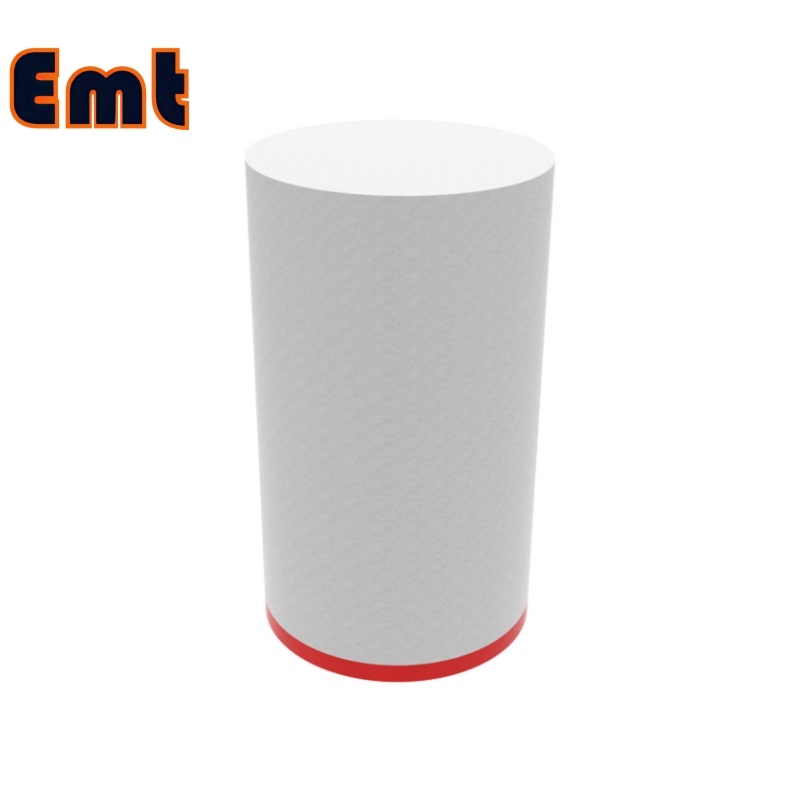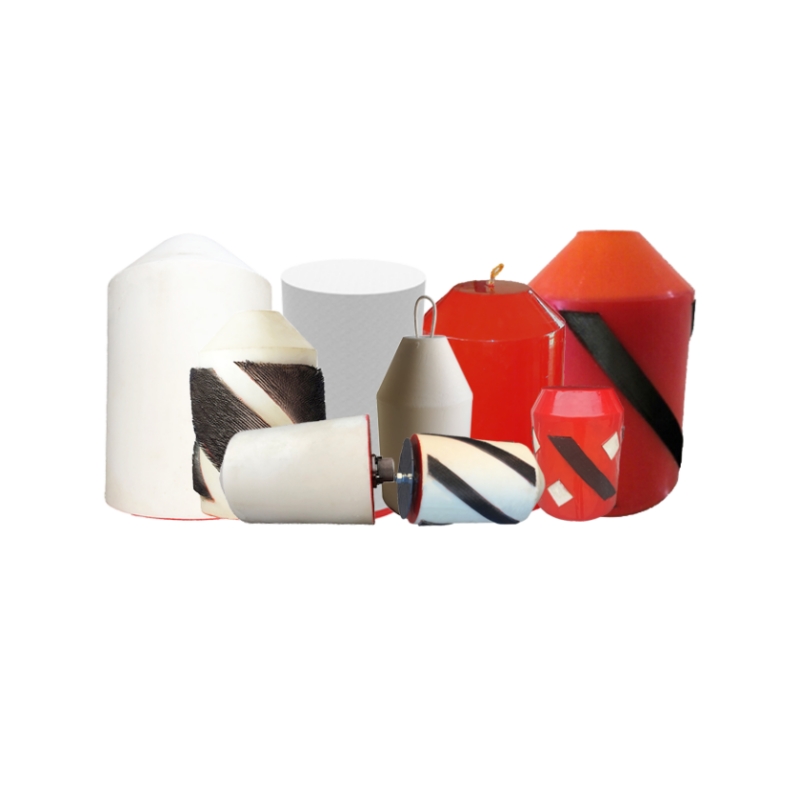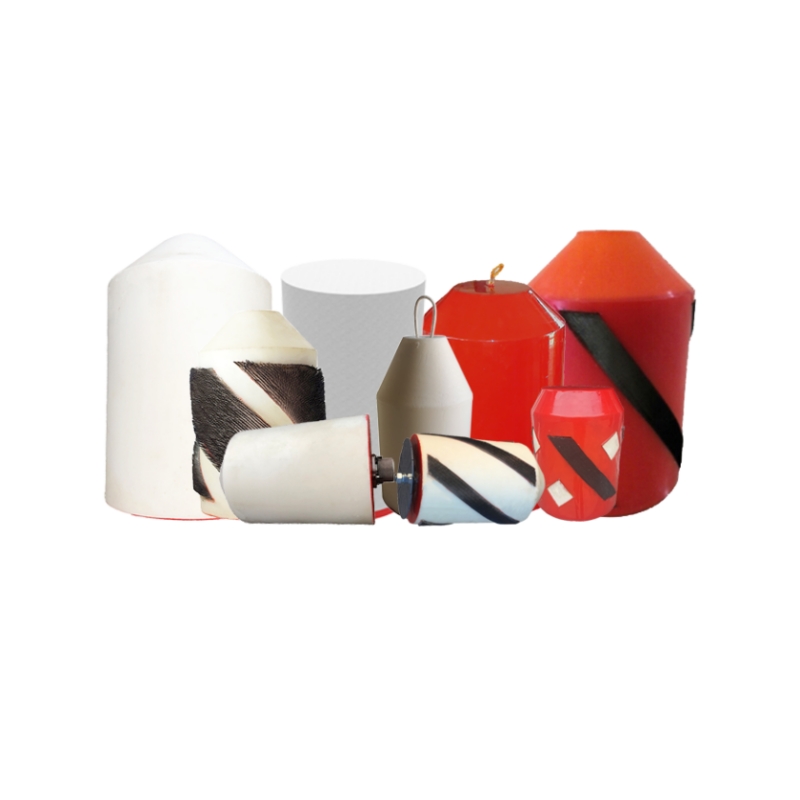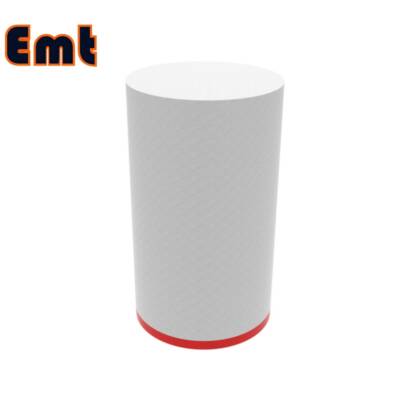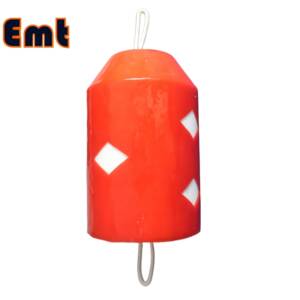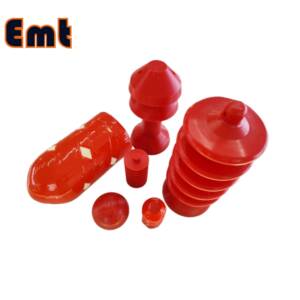Description
Overview of EMT LCQZ-RTH Foam Pig
The EMT LCQZ-RTH Foam Pig represents a significant advancement in pipeline maintenance technology. Commonly known simply as pigs, these devices are essential for cleaning, drying, batching, and removing products from pipelines. Industries such as oil and gas, municipal services, food and beverage, mining, and chemical processing widely adopt foam pigs due to their versatility and effectiveness. The EMT LCQZ-RTH model stands out due to its adaptability to various pipeline conditions and requirements.
Design Features and Material Quality
The construction of the EMT LCQZ-RTH Foam Pig features high-quality materials that offer lightness and flexibility. This design allows the pig to navigate through complex pipeline architectures, including unusual pipes, tight bends, fittings, and valves. Its ability to adapt to diverse physical environments makes it an invaluable tool for maintaining pipeline integrity and efficiency. The foam pig’s structure is crucial for its successful operation in different industrial settings.
| Name | Model | Performance | Technical Parameters |
| Hygroscopic Foam Pig | LCQZ-RTH | 1. It is formed by one-time foaming of polyether polyurethane material. | Starting pressure: 0.2-0.3 MPa |
| 2. Soft texture, and good elasticity. | Density: 35 kg/m³~150 kg/m³ | ||
| 3. It has strong water absorption performance. And the deformation amount can reach 70%. | Withstand pressure: 7 MPa | ||
| 4. Remarkable effect on dewatering, degreasing, and drying of pipelines. | Stretch rate: 320% | ||
| Compression ratio: 60 | |||
| Flex life: 50,000 times | |||
| Attrition rate: 4 mm/100 km | |||
| Operating distance: 50 km~150 km | |||
| Operating temperature: -30℃~100℃ |
Density Options and Performance
Offering multiple density options—light (35kg/m³), medium (120kg/m³), and high (220kg/m³)—the EMT LCQZ-RTH Foam Pig can be tailored to specific operational needs. The density of the pig influences its durability and performance. Typically, a higher density foam pig withstands wear and tear better and provides superior performance in challenging conditions. Operators can select the appropriate density based on the pipeline’s characteristics and the nature of the material to be removed or the operation to be performed.
Types of Foam Pigs and Their Applications
The EMT LCQZ-RTH Foam Pig is available in several configurations to suit different applications. These include the bare foam pig for general cleaning. The brush foam pig is for more abrasive cleaning. The polyurethane foam pig excels in durability for rough conditions. The brush polyurethane foam pig meets robust cleaning needs. The criss-cross foam pig provides maximum scrubbing action. Each type has specific features that enhance its suitability. These features make it easy for businesses to choose the right pig for their pipelines.
Maintenance and Pipeline Integrity
Regular use of the EMT LCQZ-RTH Foam Pig is critical in maintaining pipeline integrity. Over time, pipelines can suffer from wear and defects due to continuous use. Without timely inspection and cleaning, these issues can escalate into significant pipeline problems. By employing the EMT LCQZ-RTH Foam Pig, companies can effectively remove debris and residues, thus preventing blockages and potential damages. This proactive approach to pipeline maintenance helps avoid costly repairs and downtime, ensuring continuous operational efficiency.
In conclusion, the EMT LCQZ-RTH Foam Pig is a versatile and essential tool for effective pipeline maintenance across various industries. Its flexible design, multiple density options, and range of types make it suitable for a wide array of applications, from simple cleaning tasks to complex maintenance operations. By integrating this foam pig into their regular maintenance routines, companies can significantly enhance the longevity and performance of their pipeline systems.
About Pipeline Cleaning
Pipeline cleaning is a critical maintenance task that ensures the efficient operation and longevity of pipeline systems used across various industries, such as oil and gas, chemical, water treatment, and food processing. The purpose of cleaning pipelines is to remove deposits, debris, and other contaminants that can accumulate over time, leading to reduced flow efficiency, corrosion, and even pipeline failure.
Importance of Regular Cleaning
Regular cleaning is crucial for maintaining the integrity of pipelines. It helps prevent blockages and the buildup of harmful substances like bacteria in water pipelines or wax and tar in oil pipelines. This maintenance not only extends the life of the pipeline but also ensures that it operates at optimal efficiency, which is vital for maintaining the quality of the transported material, whether it’s crude oil, natural gas, water, or food products.
Methods of Pipeline Cleaning
There are several methods for cleaning pipelines, each suitable for different types of systems and contaminants:
Pigging: One of the most common methods, pigging involves sending a device known as a “pig” through the pipeline. These pigs can be foam, wire brush, or plastic and are used to scrape and sweep debris from the inside of the pipe. Some pigs also have instruments to inspect the pipeline from the inside, providing valuable data on the condition of the pipe.
Chemical Cleaning: This involves the use of specific chemicals to dissolve or dislodge contaminants. Chemical cleaning can be particularly effective against scale, biological growths, and other residues that are hard to remove physically.
Hydroblasting: This method uses high-pressure water to remove debris and buildup. It is especially useful for tough residues and in pipelines that handle sensitive products where chemical residue from cleaning agents might be a concern.
Hot Oil Flushing: This method is often used in the oil industry, where hot oil is circulated through the pipelines to melt and dislodge paraffin wax buildups, which are a common issue in crude oil pipelines.
Challenges in Pipeline Cleaning
Pipeline cleaning faces several challenges, including the size and length of pipelines, the type of material they carry, and access issues. For instance, pipelines that extend over hundreds of kilometers through remote areas are particularly challenging to maintain. Moreover, cleaning must be done in a way that minimizes downtime and does not disrupt the normal flow of material more than necessary.


